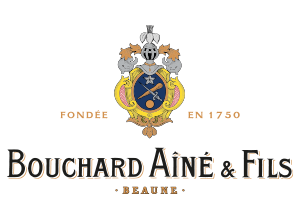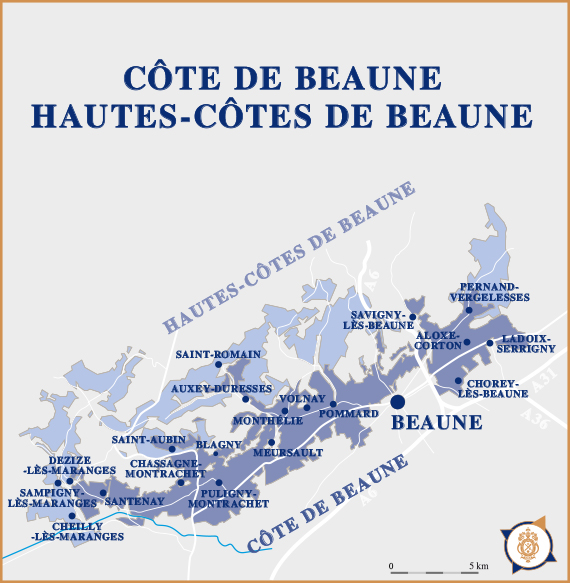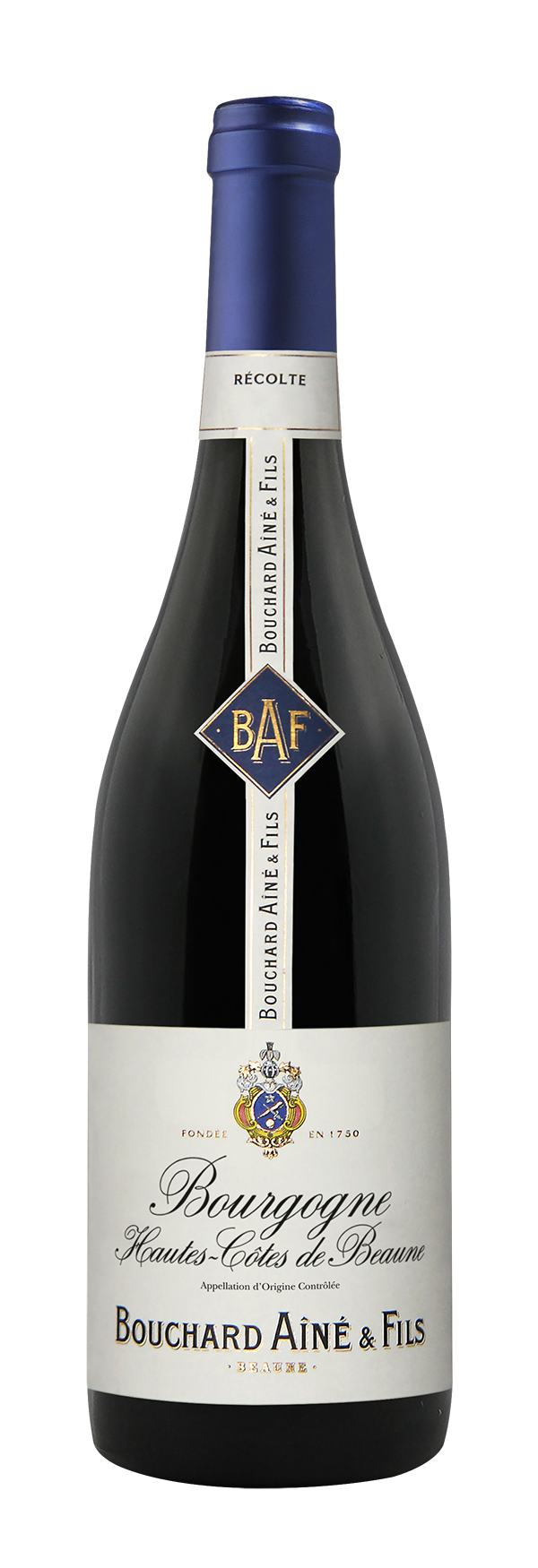BOURGOGNE HAUTES-CÔTES
DE BEAUNE 2020
BOURGOGNE HAUTES-CÔTES
DE BEAUNE 2020
Varietal
Tasting notes
Nose: Nice bouquette showing spicy, liquorice notes and small red and black berries aromas.
Palate: A nice roundness in the mouth, together with delicious red fruits flavours, such as cherry.
Food and wine pairing
Serving suggestions
Ageing potential
Origins
The appellation covers 22 communes in Côte-d'Or and 7 communes in Saône-et-Loire. It covers an area of 835 hectares, with 669 hectares of red and rosé wines and 166 hectares of white wines.
- Clay-limestone soils. Marly formations, slopes covered with limestone scree.
- South-east exposure.
- Steep slopes.
- Altitude between 280 and 450 metres.
Vinification and maturing
Vintage : 2020
The current public health crisis has certainly marked this year’s harvest, which nonetheless has been able to go ahead! Despite the year’s record temperatures and lack of rainfall, there is been no lack of quality, although yields are down, with an especially mixed picture with regard to reds. However, these have generally been very well-balanced. Overall, we have seen nice levels of acidity, promising good aging potential…
All over Burgundy, 2020 was notable for its mildness and low rainfall. After a winter with no serious frosts, we went straight into a spring dominated by sunny, dry weather, resulting in very early bud break. Infrequent outbreaks of rain in June and July were not enough to stave off water shortages. Very high summer temperatures combined with intense sun exposure levels led to the vines gradually falling prey to hydric stress, causing delays to fruit ripening before harvest-time.
Once again, the vegetative cycle was shortened, being almost three weeks ahead of 2019’s. Thankfully, the harvest was saved by the relative cool of the nights. The harvest was of marvellous quality but there was very little juice in the red grapes (reduction of 30 to 50%), and reasonable potential alcohol, despite the heat. The whites, on the other hand, coped very well with these extreme conditions and yields were very good.
Relatively poor yields for the reds, normal yields for the whites. Some appellations achieved excellent levels of optimal ripeness, with 50% of grapes harvested with the ‘vendange entière’ (no destemming) approach.
Harvest started on the 21st August for the Côte Chalonnaise, more specifically, the Givry reds and then on the 23rd of August the first Chardonnay grapes were handpicked in the shape of the Beaune 1er cru Les Marconnets.





 PDF file
PDF file